Europe contains numerous lakes distinguished by their natural beauty and relative seclusion. From the turquoise waters of the Dolomites to the clear lakes of the Scottish Highlands, these locations span various geological formations. These lakes lie within alpine regions, volcanic areas, or historic cultural landscapes. In the Alps, lakes such as Lake Bohinj in Slovenia, Königssee in Bavaria, and Lake Brienz in the Bernese Oberland can be found. Hintersee near Ramsau and Seealpsee in Appenzell Innerrhoden sit in mountain valleys. In Southern Europe, Lake Scanno in Abruzzo and Lake Sorapis in the Dolomites are located. Hallstätter See in Upper Austria lies between steep mountain slopes. Other lakes exist in volcanic or glacially formed landscapes. Kerið crater lake in southern Iceland demonstrates volcanic activity. In Scotland, Loch Awe extends through the valleys of Argyll, while the Fairy Pools on the Isle of Skye flow in rock basins. Lake Saimaa in southeastern Finland forms part of an extensive lake district. These bodies of water illustrate the geological and landscape diversity of Europe.
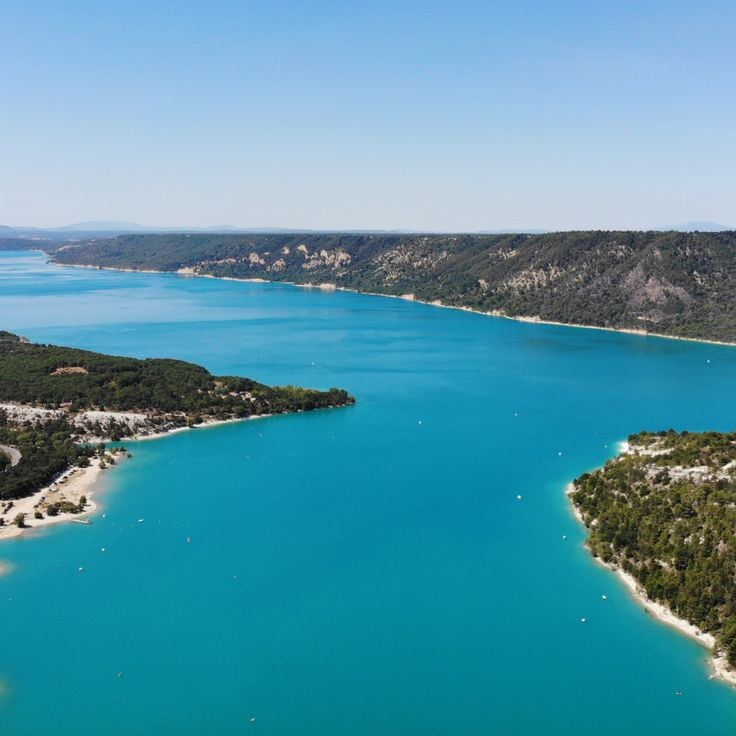
France
Lake Sainte-CroixThis artificial lake spans 5,435 acres (2,200 hectares) in the Verdon Gorge, in the Alpes-de-Haute-Provence region. Created in 1973 by the construction of the Sainte-Croix dam, the Sainte-Croix Lake occupies a former valley now submerged. Its turquoise waters are suitable for non-motorized boating and swimming, while its shores provide access points to several Provençal villages.

Bled, Slovenia
Lake BledLake Bled sits in the Julian Alps and contains a small island with a pilgrimage church from the 17th century. The body of water covers an area of approximately half a square mile and is surrounded by mountains. Traditional wooden boats provide access to the church on the island. The lake formed through tectonic activity and glacial movement during the Ice Age.
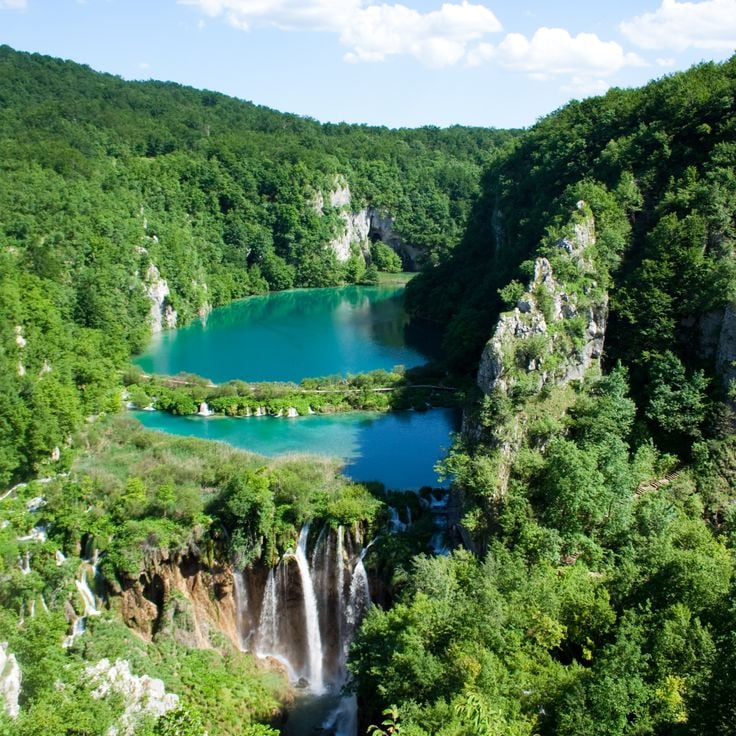
Lika-Senj County, Croatia
Plitvice LakesThe Plitvice Lakes consist of sixteen interconnected lakes situated at different elevations within the national park. Water flows over natural travertine barriers, creating numerous waterfalls between the individual basins. Wooden walkways cross the turquoise water and provide access to this lake system. The lakes lie within forested karst landscapes and demonstrate the geological processes of limestone deposition. This Croatian water system belongs to the European lakes that document the continent's natural diversity away from typical tourist routes.
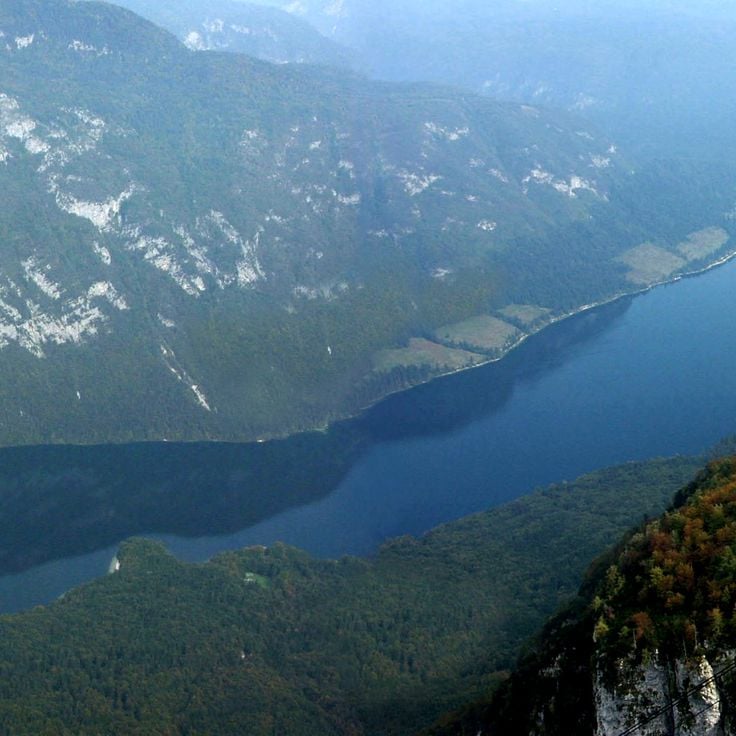
Bohinj, Slovenia
Lake BohinjLake Bohinj is a glacial lake in Triglav National Park covering 785 acres (318 hectares). The body of water sits in the Julian Alps, surrounded by forested mountains. The area displays typical features of alpine landscapes with forests and mountain ranges. The lake is among the natural bodies of water in Slovenia's alpine region.
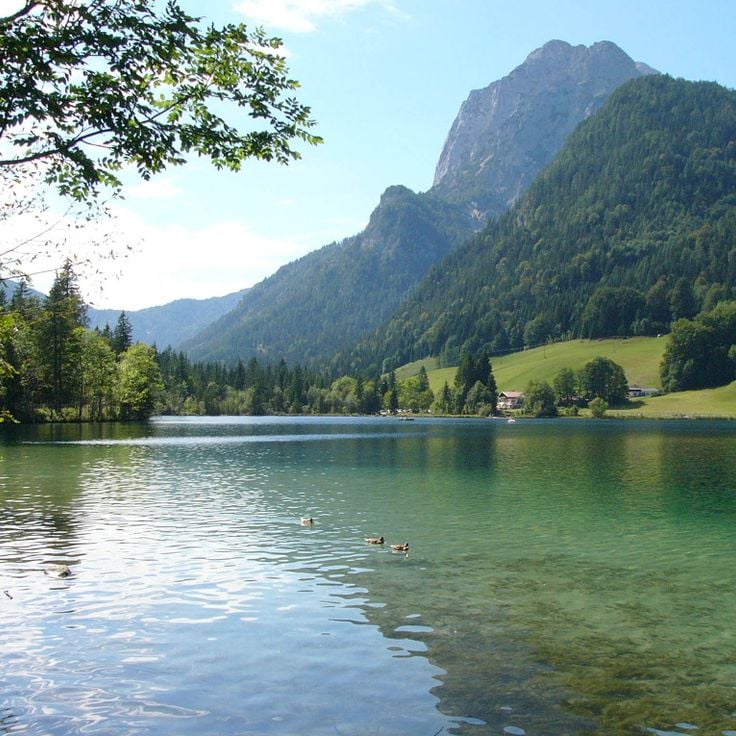
Ramsau bei Berchtesgaden, Germany
HinterseeHintersee is a mountain lake in the Bavarian Alps at an elevation of 2,398 feet (731 meters), covering an area of 40.5 acres (16.4 hectares). This alpine lake is fed by streams from the surrounding mountains and features clear water set within a forested mountain landscape. The body of water was formed by a rockslide and is surrounded by steep rock faces and coniferous forests. The area offers hiking opportunities on marked trails that circle the lake and provide viewpoints of the mountain peaks.
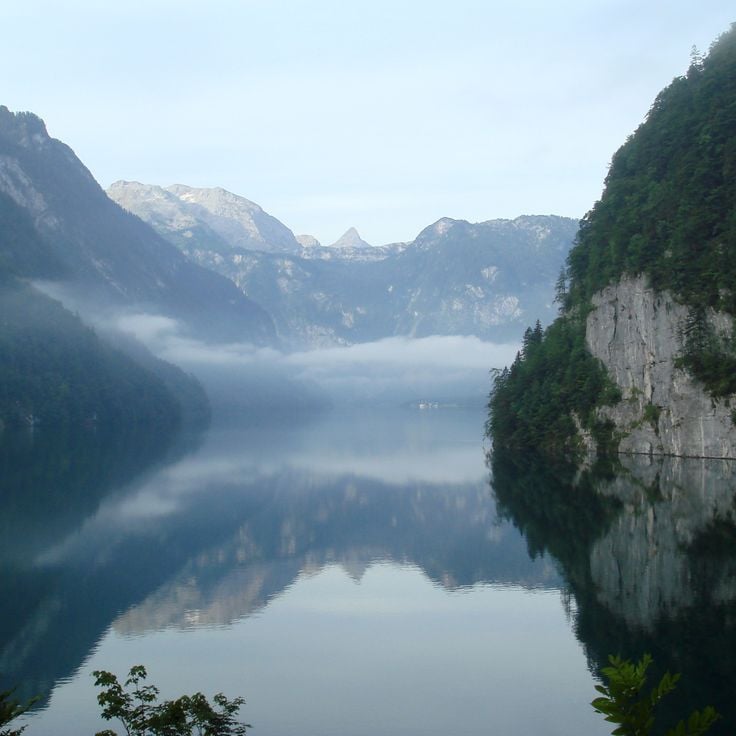
Berchtesgaden, Germany
Lake KönigsseeLake Königssee sits at an elevation of 1,980 feet (603 meters) in the Berchtesgaden region and reaches a depth of 623 feet (190 meters). The surrounding mountains rise to 8,860 feet (2,700 meters), shaping the landscape of this alpine body of water. The lake represents one of the examples of European mountain lakes that have remained largely untouched by mass tourism. Clear water is framed by steep rock walls that characterize the Berchtesgaden Alps. Lake Königssee extends for several kilometers and forms a natural basin in the heart of the German Alpine region.
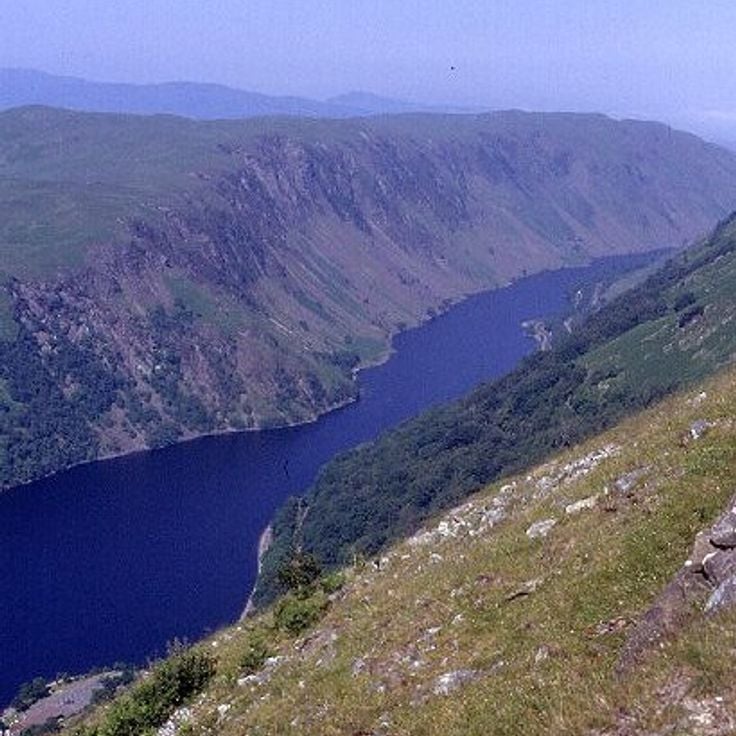
Argyll, Scotland
Loch AweLoch Awe stretches for 25 miles (41 kilometers) and ranks as Scotland's third largest lake by surface area. Several islands lie within the lake, including Inishail with remains of a medieval chapel. The ruins of Kilchurn Castle from the 15th century stand on the northern shore. The body of water sits in the western Highlands of Argyll and is surrounded by mountains. The shores remain largely forested and sparsely populated. The lake drains through the River Awe to Loch Etive. Various walking trails run along the shoreline through the wooded slopes.
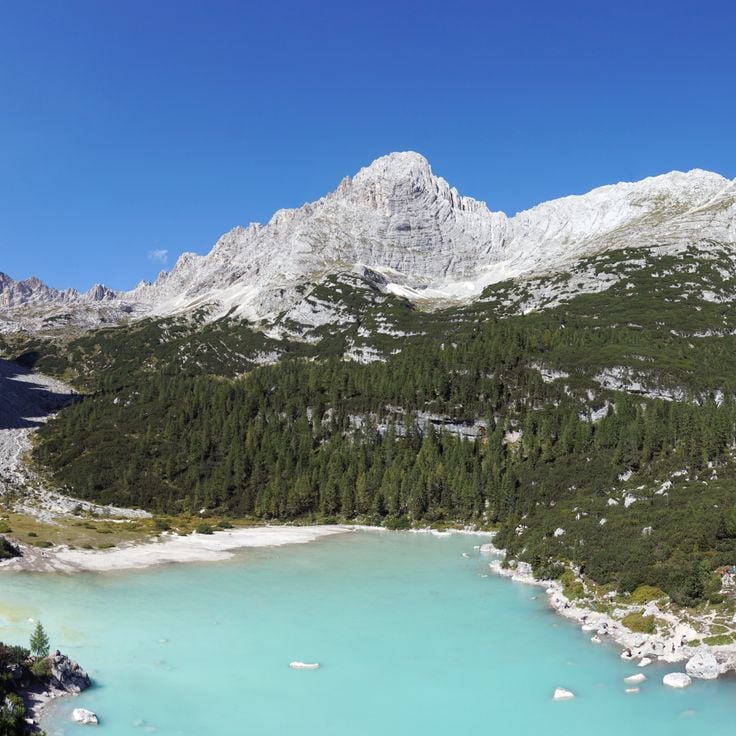
Dolomites, Italy
Lake SorapisLago di Sorapis sits at 6309 feet (1923 meters) elevation between steep rock walls in the Dolomites. Glacial meltwater gives the lake its turquoise color, which becomes particularly visible in sunlight. Access follows a mountain trail that passes through pine forests and rocky terrain. The surrounding area displays typical karst formations and alpine vegetation. The lake lies within the Ampezzo Dolomites Natural Park and serves as a starting point for hikes into the surrounding mountains.
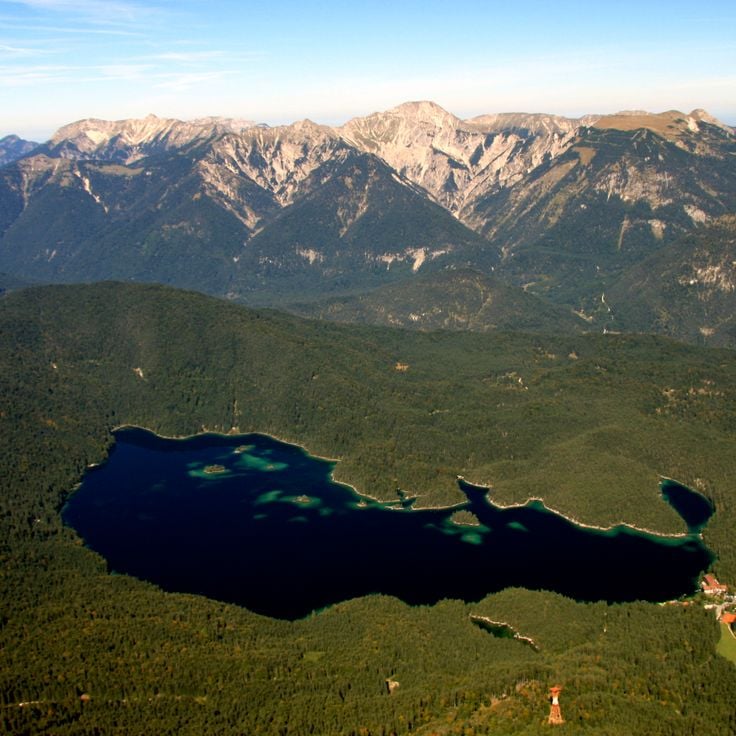
Bavaria, Germany
Lake EibseeLake Eibsee sits at 3,192 feet (973 meters) above sea level at the base of Zugspitze and contains eight small islands. The lake's water reaches temperatures up to 75 degrees Fahrenheit (24 degrees Celsius) during summer months. A hiking trail circles the entire lake, providing different perspectives of the Wetterstein mountain range. The lake formed after the last ice age when a rockslide blocked the valley. The turquoise color of the water comes from its high mineral content. Lake Eibsee serves as a starting point for mountain tours to surrounding peaks and to the Zugspitze railway. The forested shores and clear water make this lake an example of the natural diversity found in the Bavarian Alpine region.
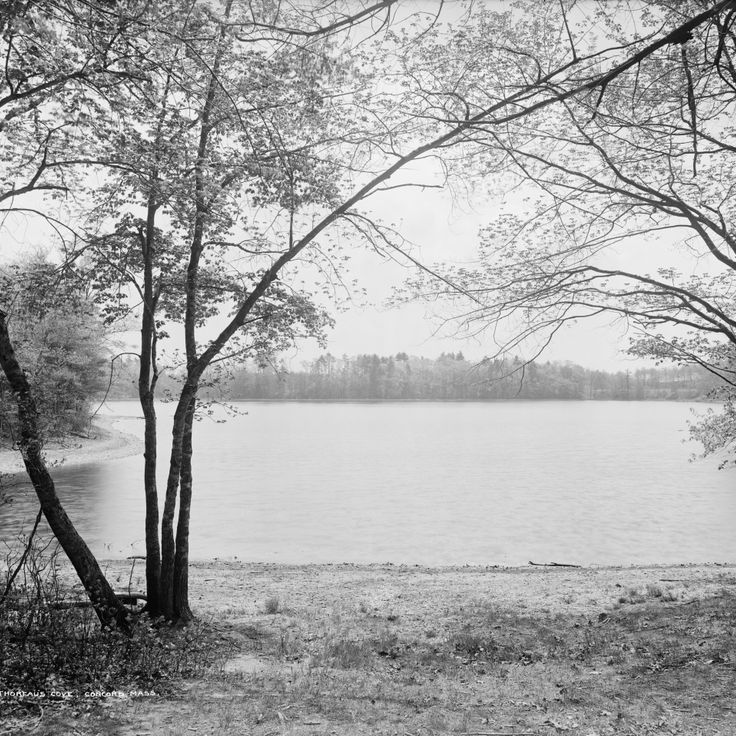
Massachusetts, United States
Walden PondWalden Pond served as the residence of philosopher Henry David Thoreau for two years while he wrote his observations on living in nature. This freshwater body lies in a forested area of Massachusetts and reaches a depth of approximately 102 ft (31 m). The water was formed by a glacier and is fed by underground springs. The surroundings remain a place for hiking and swimming.
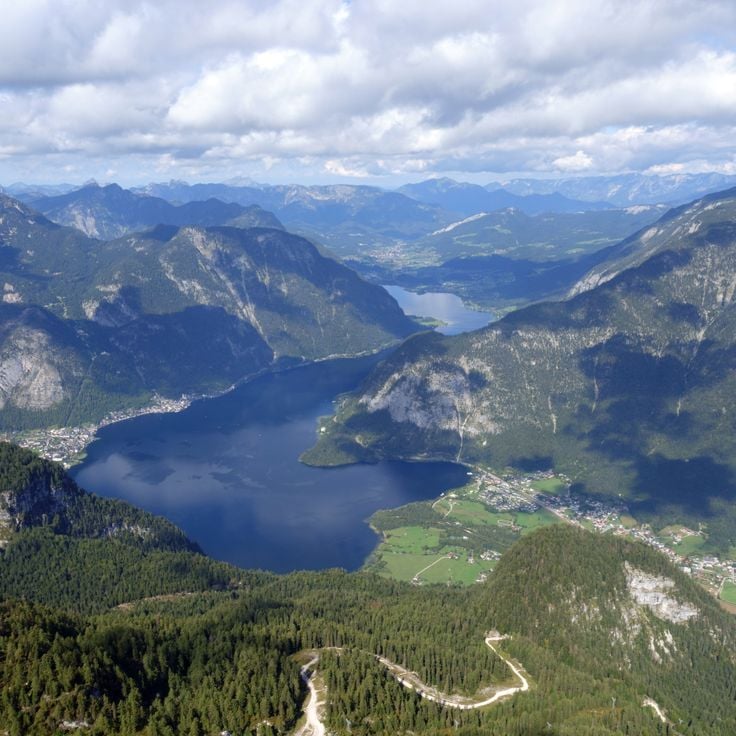
Hallstatt, Austria
Hallstätter LakeLake Hallstatt is located at the foot of the Dachstein massif in the Austrian Alps. The body of water extends about 5 miles in length and reaches depths of up to 410 feet. The surrounding mountain slopes are covered with forests, while historic settlements like Hallstatt line the shore, known for their centuries-old salt mines. The lake is fed by underground springs and mountain streams and fits into the alpine landscape of the Salzkammergut region, characterized by steep rock walls and traditional Austrian architecture.
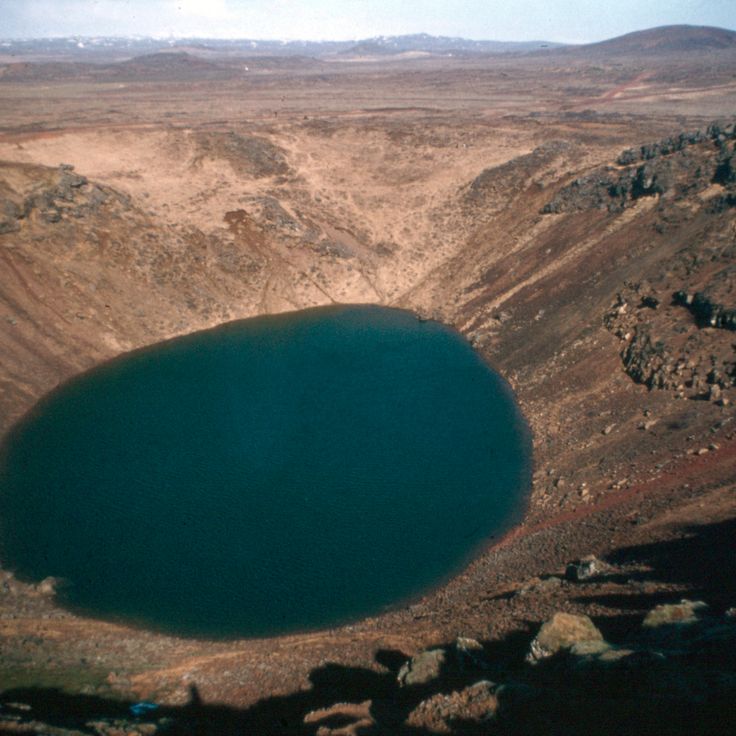
Southern Iceland, Iceland
Kerid Crater LakeKerid Crater Lake reveals Iceland's volcanic geology through its oval shape and water reaching a depth of 55 feet (17 meters). Red volcanic rock walls surround the lake and form a contrast with the green vegetation along the rim. The crater formed approximately 3,000 years ago and lies in the southern part of the country within a region containing numerous geological formations of volcanic origin.

Abruzzo, Italy
Lake ScannoLago di Scanno is a heart-shaped mountain lake in Abruzzo with a depth of 118 feet (36 meters). The body of water sits within a nature reserve, surrounded by dense beech forests that display notable colors during autumn. The lake formed from a prehistoric landslide that blocked the Tasso River. Its unusual shape and quiet location away from major tourist traffic make it an example of the natural diversity found in European mountain landscapes. The water surface covers approximately 89 acres (36 hectares) at an elevation of about 3,025 feet (922 meters).
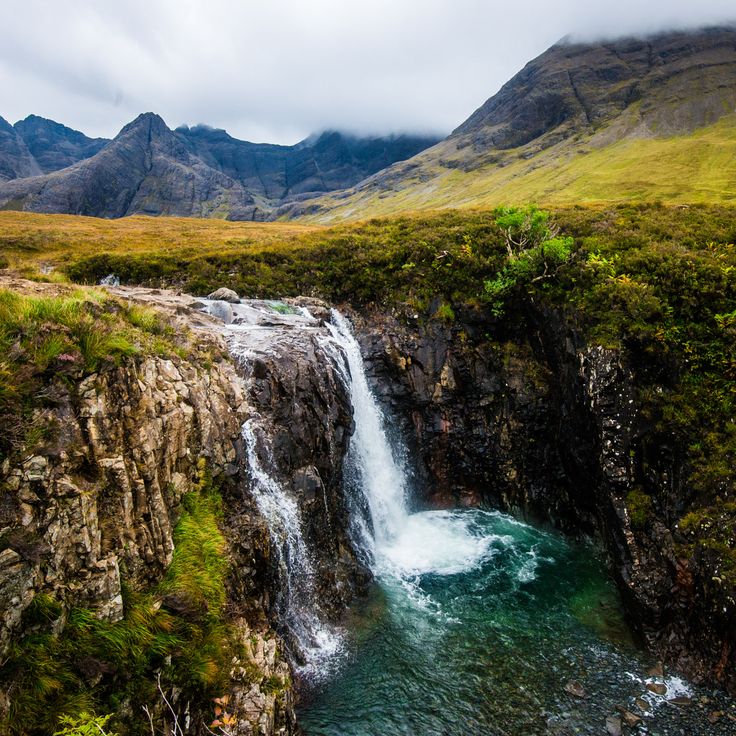
Isle of Skye, Scotland
Fairy PoolsThe Fairy Pools are natural basins formed by waterfalls where clear water flows down from the Cuillin Mountains. These formations on the Isle of Skye demonstrate the volcanic geology of the Scottish Highlands. The water originates from mountain streams and collects in several successive basins along the river course. The pools sit in a remote area away from mass tourism and provide insight into the natural landscape of this European mountain region.

Southeastern Finland, Finland
Lake SaimaaLake Saimaa covers 1,700 square miles (4,400 square kilometers) and contains 13,000 islands with nesting sites for ringed seals and ospreys. As Finland's largest lake system, it offers extensive waters away from mass tourism.
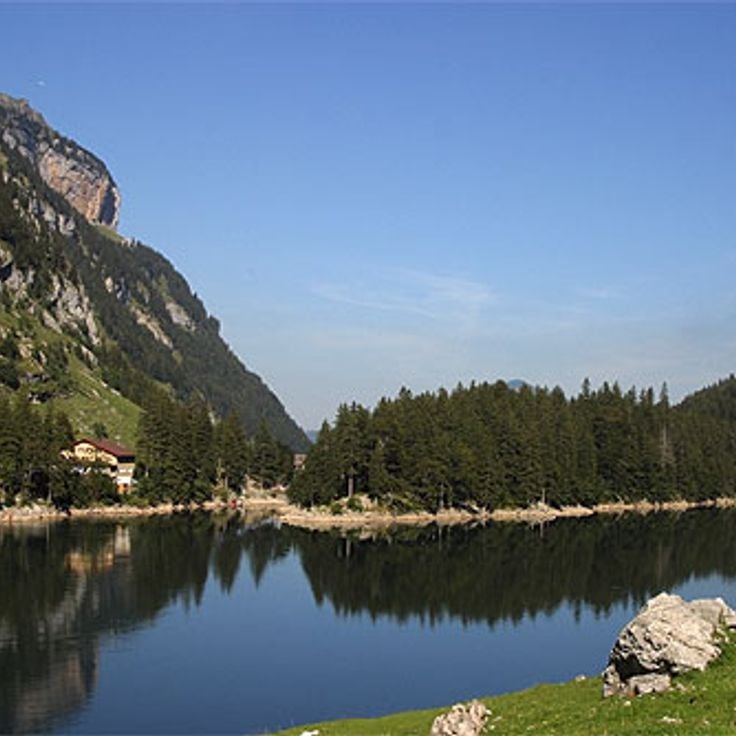
Appenzell Innerrhoden, Switzerland
SeealpseeThe Seealpsee sits at 3,750 feet (1,143 meters) elevation in the Appenzell Alps, framed by the rock walls of Säntis and Alter Mann. The waters of this mountain lake demonstrate the natural diversity of European alpine landscapes away from typical tourist routes. The position between steep peaks makes the lake an example of the region's geological formation, where glacial processes shaped the present topography.

Bernese Oberland, Switzerland
Lake BrienzLake Brienz extends 8.7 miles (14 kilometers) between Brienz and Bönigen and reaches a maximum depth of 853 feet (260 meters). This mountain lake in the Bernese Oberland formed after the last ice age through glacial activity. The turquoise water receives its characteristic color from mineral sediments originating from the surrounding limestone mountains. The lake sits at 1,850 feet (564 meters) above sea level and is fed by the Aare river.
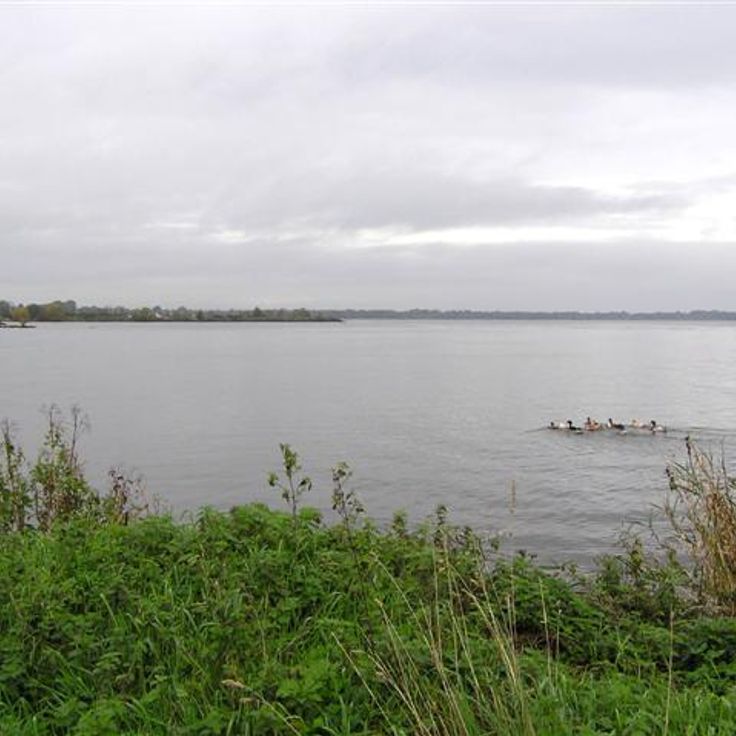
Northern Ireland
Lough NeaghLough Neagh covers an area of 151 square miles (392 square kilometers). This lake supports the local fishing industry and serves as a drinking water source for the region. Its waters lie in a historic landscape away from mass tourism and demonstrate the natural diversity of Northern Ireland.